As of June 2016, Firefly has treated over 50,000 newborns in 20 countries! DtM distribution partner Thrive Networks and Vietnamese manufacturing partner MTTS have installed Firefly units across Southeast Asia, sub-Saharan Africa, and the Caribbean. DtM and our partners are on track to distribute at least 1,000 Firefly devices, reaching over 500,000 newborns.
(click for larger view)
Dollars per DALY and Health Systems Strengthening
In global health, the key metric for assessing program cost-effectiveness is dollars per DALY (death- or disability-adjusted life-year). For the Firefly devices manufactured and currently treating newborns, we project that the Firefly program costs $8 per DALY. For comparison, the World Bank estimates that the EPI vaccine, which is considered a cost-effective health intervention, is $7/DALY. Furthermore, Firefly pays for itself in health care system savings within the first two years of use, by reducing treatment times and in some cases averting the need for expensive and risky exchange blood transfusions.
Firefly is designed for 5 years of night and day performance: Firefly's LEDs are rated to last up to 44,000 hours before requiring replacement. The design eliminates all moving parts, including fans and adjustable components, that can easily be broken. In order to prevent insects, dust, and other foreign bodies from entering and damaging the device or dimming the lights, the outer casings have tight seams and no holes.
Clinical results show that, compared to overhead LED phototherapy, Firefly significantly reduces phototherapy treatment times, reduces the incidence of nosocomial or hospital-acquired infection and in some cases averts the need for expensive and risky exchange blood transfusions. In collaboration with Thrive Networks, MTTS and Steven Ringer, MD/PhD, Section Chief of Neonatology at Dartmouth-Hitchcock. Design that Matters developed a rigorous model for Firefly's cost of ownership and return on investment. Our financial makes the following assumptions:
- the Firefly device is operating at capacity (treating two patients per week)
- the healthcare system incurs a cost of US$20/day for inpatient care and $200 for an exchange transfusion
- Firefly is operating in a region with a high incidence of severe jaundice
- the total cost of Firefly production, delivery and installation is US$1,700, and the device has an effective operating lifespan of five years.
Given our clinical results and the assumptions in the financial model, we find that, compared to overhead LED phototherapy in terms of health-care system savings due to reduced treatment time, reduced incidence of newborn cross-infection and averting exchange blood transfusions, Firefly reaches break-even in less than one year and offers a lifetime ROI of $10K or seven times the initial cost of production, delivery and installation.
Firefly Theory of Change
These clinical results align with the goals of the Firefly program as articulated in the program’s broader theory of change:
IF
we designed a phototherapy device that was a match to the resources of a rural hospital,
THEN
- Rural clinics would treat newborns rather than referring them to crowded secondary or tertiary facilities
- Treating babies quickly at the point of diagnosis would reduce morbidity and mortality due to severe jaundice
- Reduction in referrals to other hospitals would make more efficient use of national health resources
- Demonstrating the effectiveness of a WELL DESIGNED global health technology would create government demand and drive multinational device companies to emulate DtM's design philosophy.
Full list of countries where Firefly devices are treating newborns
Cambodia, East Timor, Laos, Malaysia, Mongolia, Myanmar, Nepal, Philippines, Singapore, Thailand, Vietnam, Benin, Burundi, Ghana, Nigeria, Somaliland, Tanzania, Uganda, Zimbabwe, and Haiti
